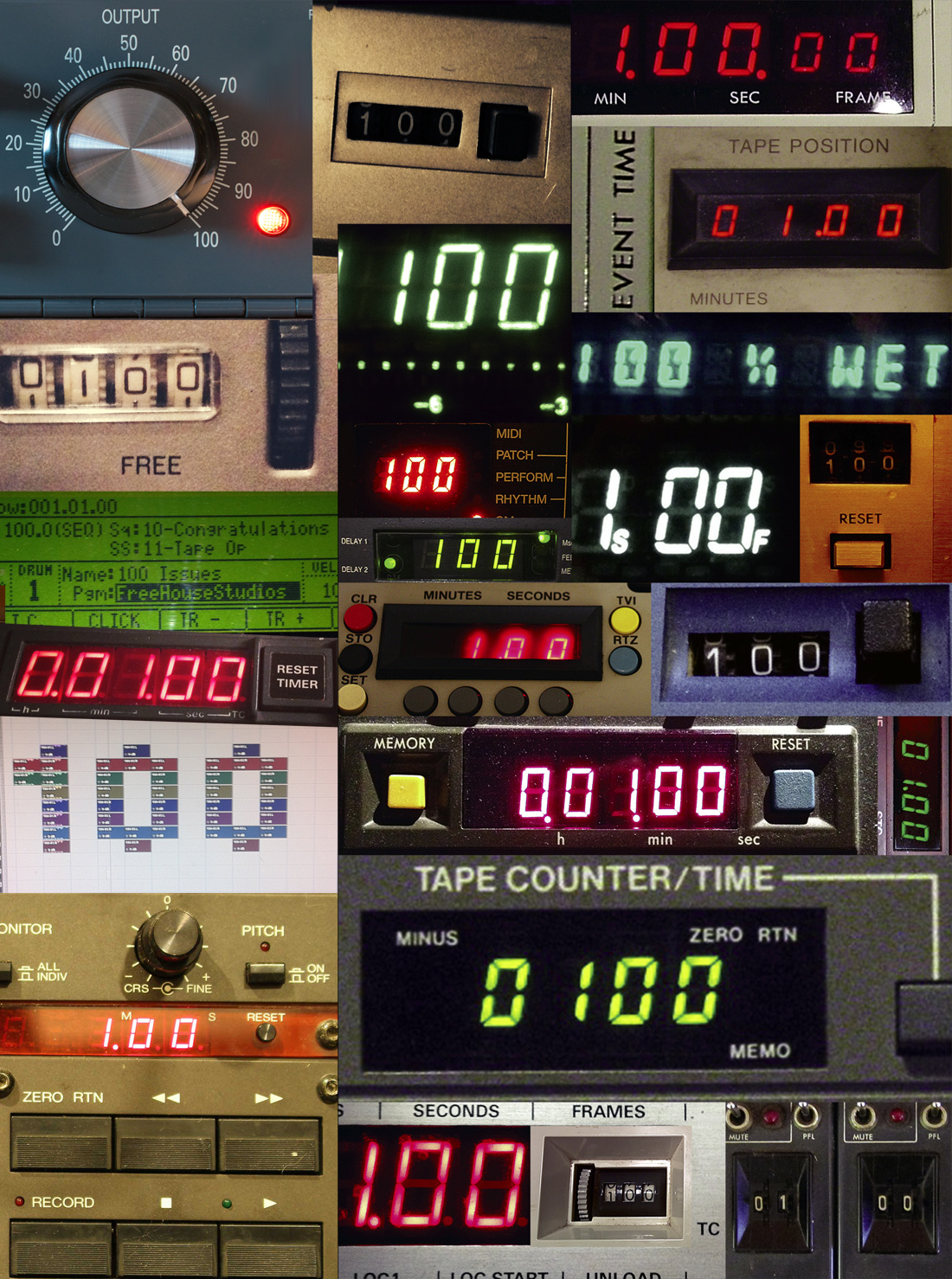I've been using a pair of Hamptone HOC1 single-channel compressors on my mixing and tracking sessions for several months now, and they have become my favorite tools. I think this is a very unique and versatile compressor. First of all, let go of any notion you may have of optical compression being slow or mellow. Forget it. And stop asking me if it sounds like an LA-2A, or even an 1176 or Distressor [Tape Op #32]. It doesn't. Not at all. When I teach people at my workshops about compression, I focus on the envelope, or ADSR (attack, decay, sustain, release), and the limiting amplifier function of a compressor/limiter. ADSR, like you find in a synthesizer, describes how a sound enters and leaves the audio picture. We commonly think of compressors as affecting the average volume of sounds, like when we use a limiter on a kick drum to keep the playing at an even level or a compressor to hold a vocal in the mix. But most compression also changes the ADSR of the sound. Changes in settings can shift the entry of a sound, adding attack or creating a volume swell. A bass note can gain a long decay, or a sharp attack, for instance. The Distressor famously goes over the top in this fashion (if you push it, and you don't have to) as many of us know. The HOC1 won't go that far into the destruction zone, nor do I expect it to, but it will do other things that are quite amazing. It can take a snare and create a hollow popping sound, or add in a sharp leading edge to the hits. It can make a bass track sit in a mix perfectly. Acoustic rhythm guitars can be smoothed in volume but also given more chunk. How is this accomplished?
The HOC1 is one of the rare compressors with the ability to blend compressed and uncompressed audio internally. Sure, you can set parallel compression up on a mixer via mults, buses, or aux sends - and I do all the time - but having two knobs instead of a single balance control (think of them as faders) to control this blend on the compressor is genius. You can set the uncompressed signal at unity and blend in a compressed signal until happy, or vice versa; and not only can you create new sounds, and mess with the ADSR, you can really get a grip on what the compressor is truly doing to your source material. But this feature is just the beginning of what makes the HOC1 amazing.
Shape Mode is a simple compress or limit switch, and listening to a track in a mix and hitting the button will tell you immediately which setting works best. I try not to think of the usually assumed differences, and I go with my gut on this. On the other hand, the Shape knob carries you between four internal mathematical algorithmic curves that go from "exponential/logarithmic to hard limit/linear." I'm a math-class dropout, but I can tell you that this control is unreal. As fellow engineer Matthew Morgan told me, it feels like you can move the mic on a source with this knob. I'll grab this knob and twist during a mix and drop an instrument right in where it needs to be. Awesome. It might seem complex, but in use, it's so easy and effective.
The Feed Forward/Back switch is also unique, and I'm amazed I don't see this feature on more compressors. Imagine being able to switch the compression detector circuit between pre and post-compressed signal. It sounded extraneous to me until I tried it, and on certain sources in a mix, it was a huge and welcome change to kick into Feed Back mode. Sources like acoustic piano could be thickened up in different ways with a flick of the switch.
This half-rack, 2RU-height compressor is built like a tank and is filled with high-quality parts. It features transformer-balanced I/O; discrete, Class A, JFET audio paths for the direct and compressed signals; a JFET summing stage; a simple to use but highly adjustable link system (utilizing a single TRS patch cable) that affects all controls besides signal output levels; and 20 LED metering with four modes (the gain reduction is very informative). Everything is well marked and easy to operate. It may seem like a crazy and unique device, but this unit is made to be used in real recording scenarios, and sounds can be dialed in quickly and effectively. Scott Hampton, the head of Hamptone, should be proud of his thorough design, build quality, and innovative approach with this compressor. I am more than impressed with mine, and am very glad to be one of the first owners of a pair of HOC1 compressors. ($1999 introductory price, $3849 pair; www.hamptone.com)




_disp_horizontal_bw.jpg)